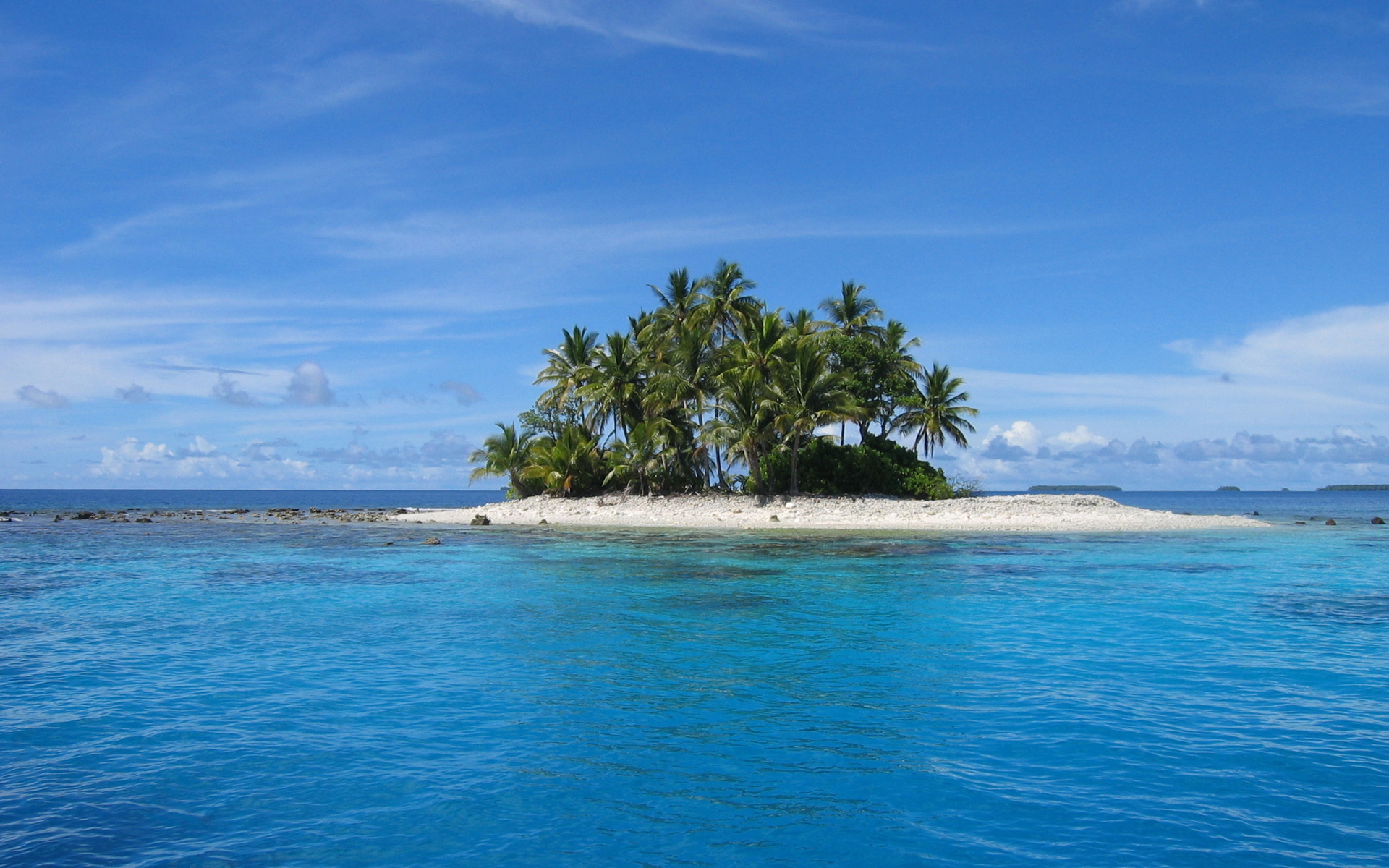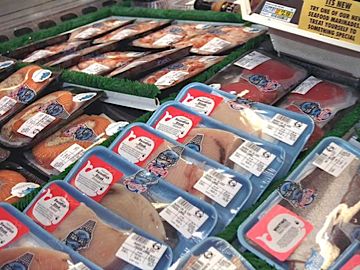A constant annoyance of many expats when they are in foreign
countries is that they get ripped-off because of their perceived nationality.
While there is a recognition that yes, they really could afford $4 instead of
$2 for a taxi,
“It’s the principle of
the thing”
If you have ever thought this/agree with this statement,
this entry is directed to you.
How many of us have traveled and wanted to fit in and to
be treated like the locals? This desire seems to become especially strong when we in the
“developed world” travel to the “developing world,” (I have already stated in a previous
post my distaste for these sorts of labels, so I will not go off on a tangent here).
 |
| Just Creations - KY Fair Trade store |
We want to hail a cab and get all the way across the city
for the same cost as the locals do.
Not
for the price we pay in our own
taxis back home.
We want to buy fruit in the marketplace for the same price
as the locals.
Not
for the price we would pay in
our supermarkets.
We want to buy crafts and souvenirs for half the price they
tell us it is, because we know we are getting the “Gringo price”.
Not for the exorbitant prices we
would find the same object in the international boutique back home.
When we are charged any more than this (and we find out
about it), we are angry and feel that an injustice has taken place; that we
have been tricked by “greedy” and “dishonest” people.
I remember this aggravation when I was in Ghana and Uganda.
In Uganda I got in a fight with a taxi driver for what was the equivalent of
$0.10 US. When I got mad at that taxi driver, I was granting myself the status
of a local, merely because I happened to know enough Luganda to hear what the
price was for everyone else on the bus.
It has taken me a good deal of experience, conversation with
others, and self-reflection to realize what is so ironically wrong with this insistence
that Muzungus and Gringas, (insert any other term for western/white foreigner here) should
be charged “fair” prices.
In its simplest form:
We are NOT locals
What sets us apart in these interactions is that even if we
are poor westerners, we are far wealthier than the average local of developing
countries. So what is the issue?
The “fair” price is
not fair:
Taxis
 |
| Internet photo of Panama City tranque |
Taxi drivers of developing countries spend long hours
waiting in the horrendous traffic that one encounters in these typically
overcrowded cities that have expanded far faster than their infrastructure can
manage. Gas is expensive. In Panama City, the price of gas is about $3.90 a
gallon. A “local price” to go across town in a taxi is about $3. The same ride in the US would first of
all be metered, meaning that you pay for sitting in traffic. An equivalent
drive of 10 miles here in Panama City, after accounting for time wasted in
traffic, would cost what I would estimate to be at least $30 in the US.
The “fair” local price hardly covers the price of gas. Depending
on the traffic, it is likely that taxi driver will lose money.
Farmers
People in the US talk about working hard for their money. No
doubt some of them do. But when it comes to paying someone fair wages for the
actual level of work, who should be paid more? The person working 9-5 at a desk
in an air-conditioned building, or the person working from sun up to sun down
on a farm in the tropics.
We want “local” prices for vegetables and fruit that have
been grown by hand and with minimal resources. Yet in the States we are willing
to pay more for the products of factory farms owned by CEOs.
Crafts(wo)men
When we buy local art and crafts in these countries, we
are told to bargain. (Depending on what you are buying, this might still be a
good idea, but that may be a blog post for another time). But take the molas or
the beadwork that the Guna women make. Each mola is hand-stitched using a
technique that is unique to the Guna women. A regular-sized mola takes a couple
months and is typically sold for around $30. The
beaded anklets must be strung as
they are wrapped around the leg or an equivalent-sized branch in order to
perfectly line up the geometrical pattern. This careful skill is sold for $20.
I would estimate that the same item made by a person in the US would be sold
for $120 at the least.
The Big Picture
On a couple occasions, people have asked me what I think
would solve “Africa’s problems”. There are MANY things wrong with this
question, one of which being that as a minor in African Studies at a small
liberal arts school in the US, I have absolutely no claim of expertise on this
matter. However, I have a theory that is about as vague as this question. My
theory is that aid is not the answer and neither is microfinance. The answer is
trade and wages. The powerful countries of the world need to allow for actual fair trade that allows for the
workers of the world to be paid legitimate wages for the hard work they are
already doing. This of course means that the consumers of powerful countries
must stop paying artificially low prices for goods. So those children who made the shirt you are currently wearing will get paid a minimum wage that will
allow them to afford such things as, I don’t know, food. This means that you
will then have less money to buy 10 more shirts.
People in developing
countries deserve to be paid more for their work. I think that’s something most
of us can get on board with. And maybe we can even agree that those with money
should pay a little bit more. That’s why we support nonprofits like
Anchal (A
wonderful organization, please check them out).
I noticed a horrible hypocrisy in my actions:
I was preaching fair wages
while at the same time I was trying to take full advantage of the unfair wages in the
countries I was visiting.
We pay far more in developed countries than even the inflated “Gringo prices". What changes when we are in developing countries?
I can talk about what does NOT change:
Even at minimum wage, we in developed countries are still
making far more money than the average person in a developing country. While I
come from a country where the minimum wage is $7.25 an hour, I was demanding to
pay the same price as someone in Uganda, where 30% of the population live on
less than $1 per day.
And this is the sad part: a lot of the times they will give
you the local price.
When it comes down to it, that taxi driver needs to be able
to at least pay the cost of gas. So even if he isn’t going to make a profit, he
still might take you. The Guna woman still wants to send her kids to school, so
she might sell her months of specialized labor for $20. You walk away praising
yourself for saving a couple bucks, they go home with the consolation that at
least they didn’t lose as much money as they could have.
If they do try to take advantage of you, can you really
blame them? Yes they try to get more money from you because you are a Gringo.
Are they incorrect in their assumption that you have some money to spare? After all, you are
able to spend time away from home not making money or subsistence farming. While you feel it a
personal attack and a poor reflection on their character, what do they have to
lose? You say no and they still have the same amount of money they started
with. What shame should they have in trying to make ends meet.
The PRINCIPLE of the thing is that we
live in an economically unequal world, and that we as holders of a
disproportionate amount of wealth, have the ability to directly affect that. No
we cannot end poverty, (despite what Bono and Jeffrey Sachs say), but we can limit our perpetuation of the system by
paying the price we think is fair.*
* I must add a note that this advice is oversimplified for
the benefit of that which is good blog-reading: a personal narrative that ends
with an easily digestible and poignant message. Yet of course the issue is
complex. For example: I believe that the growing and harvesting of plants is an
incredibly difficult job, (Perhaps because I cannot grow a cactus without forgetting
to water it enough).
 |
| Yucca farm in Tamale, Ghana |
A “fair”
price for a pineapple might be $6.00 rather than $0.75. However, if I keep
shelling out $60 at the local fruteria for my weekly groceries, I might run the
risk of getting robbed for flashing that kind of green around Panama City.
There is also a balance between recognition of labor and your own ability to
pay inflated prices and being patronizing.


































